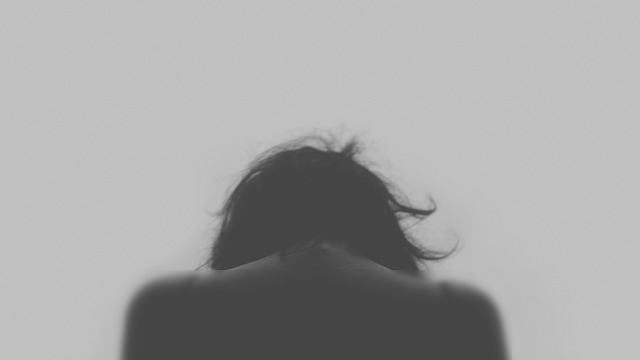Hair Loss After Pregnancy and How to Prevent It
Hair loss after pregnancy, also known as Telogen Effluvium, is a common occurrence after giving birth. This should not be a cause for alarm unless it is too excessive and there are accompanying symptoms. Postpartum hair loss affects 40-50% of women, and it usually occurs one to five months after pregnancy. Women with long locks also reported more shedding than those with shorter hair.
You might have noticed that while you were pregnant, your mane looked thicker and fuller. You can thank your pregnancy hormones for that temporary supermodel hair. Now that your hormones start to fall, the good hair benefits must also come to an end.
Why does it happen?
You will typically shed about 100 strands of hair every day, but not all at once; that’s why you don’t notice it. Roughly 90-95% of your hair is growing, while the remaining 10-15% is in the resting phase. After three to four months, the hair from the resting phase will start to fall and new hair follicles will replace them.
While you are pregnant, estrogen and progesterone cause more hair to enter the resting phase – because it doesn’t shed as it normally does, your hair becomes thicker. When your estrogen and progesterone levels in the blood plummet, the hair from the resting phase will start to shed. Although it is rare to get bald spots or permanent hair loss, the experience can be cumbersome for most women. Here are some tips that will help you deal with hair loss after pregnancy:
- Assess your stress level and find time to relax – severe psychological stress, infection, serious illnesses and other underlying medical problems can push hair to go into resting phase. Despite your busy schedule as a new mother, look for ways to relieve stress.
- Eat nutritious food – a balanced meal is important. Make sure to include food that contains vitamins and minerals for hair health such as iron, zinc, Vitamin C and B-complex vitamins.
- Stop using hair products and hair tools that can damage the hair – highlighting, rebonding and perming procedures can make the hair dry, brittle and prone to damage. The use of straightening irons and curling irons can also damage the hair.
- Protect your hair – only shampoo your hair when necessary and use a wide-toothed comb to detangle the hair without breaking the strands.
- Cut your hair short – aside from being easy to maintain, short hair is less prone to hair fall than long hair. Experiment with different hairstyles that will add volume to your hair.
- Consult a specialist – if clumps of hair are falling and you’re starting to notice bald patches, consult your doctor to rule out other medical conditions such as postpartum thyroiditis, diabetes, and lupus to name a few.
The good news is that your hair will go back to its normal thickness after a few months. Just be patient and follow the advice above. If symptoms worsen or if additional symptoms occur, you must seek medical help.
[ppmaccordion][ppmtoggle title=”About the Author – Aileen Barro”]
Aileen Barro holds a Bachelor’s Degree in Biology and loves to educate people about health and diseases through writing.[/ppmtoggle] [/ppmaccordion]

